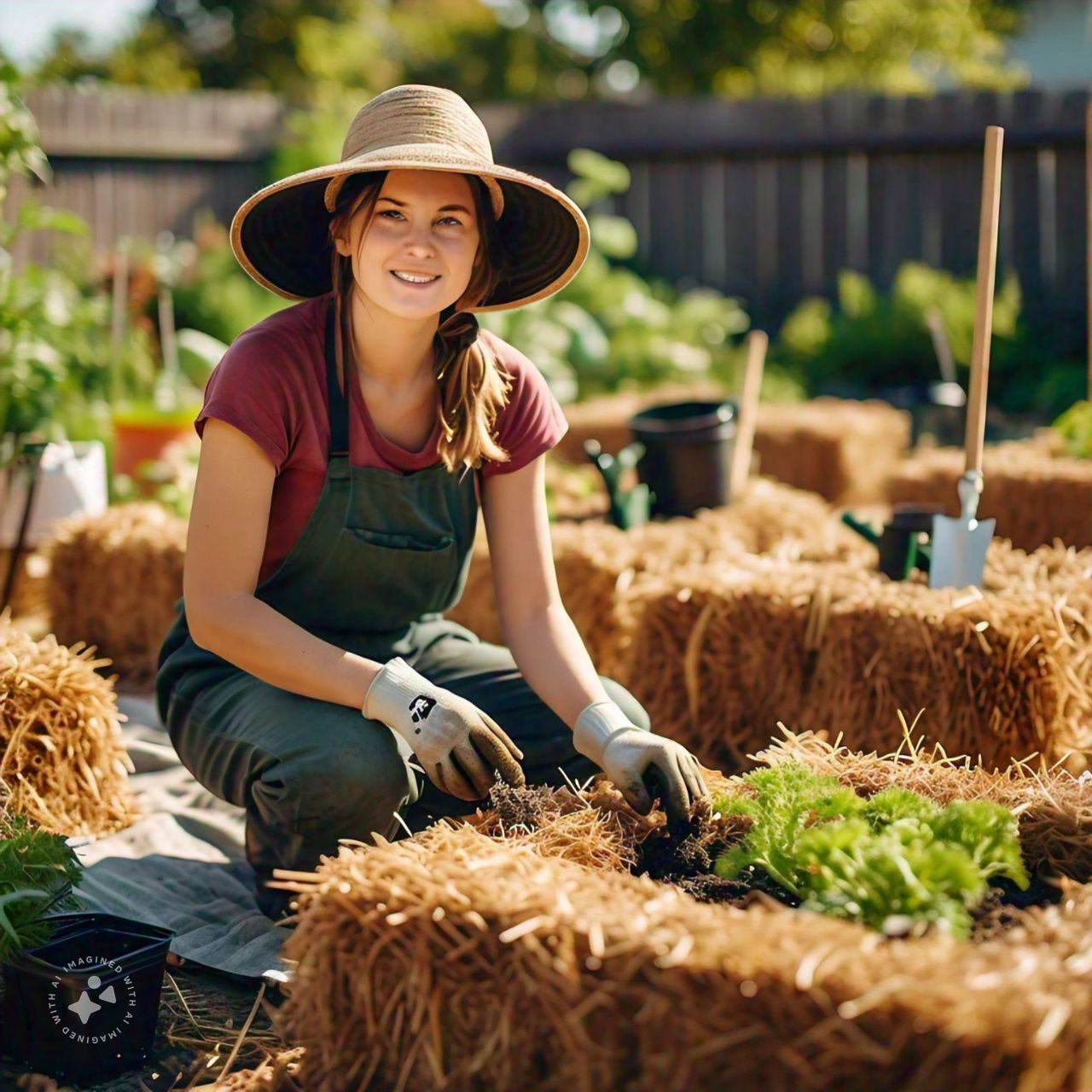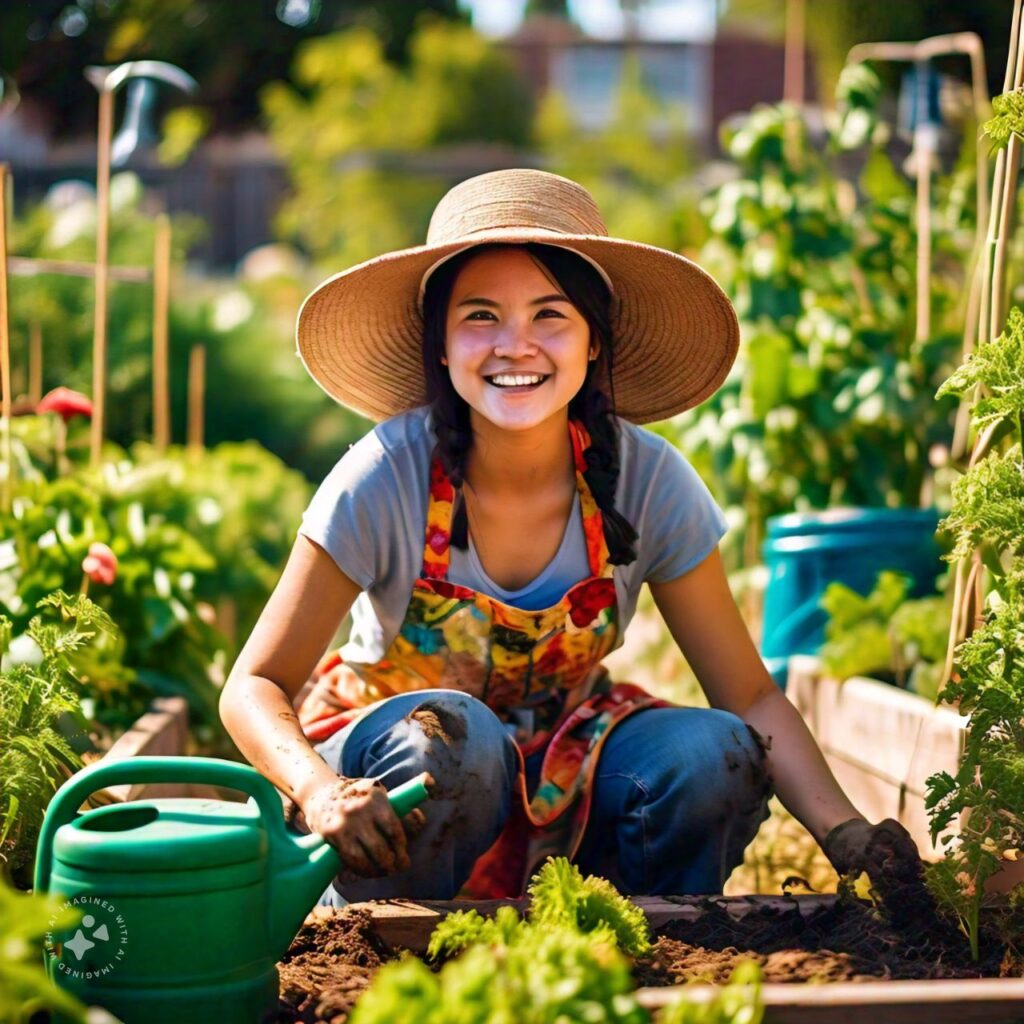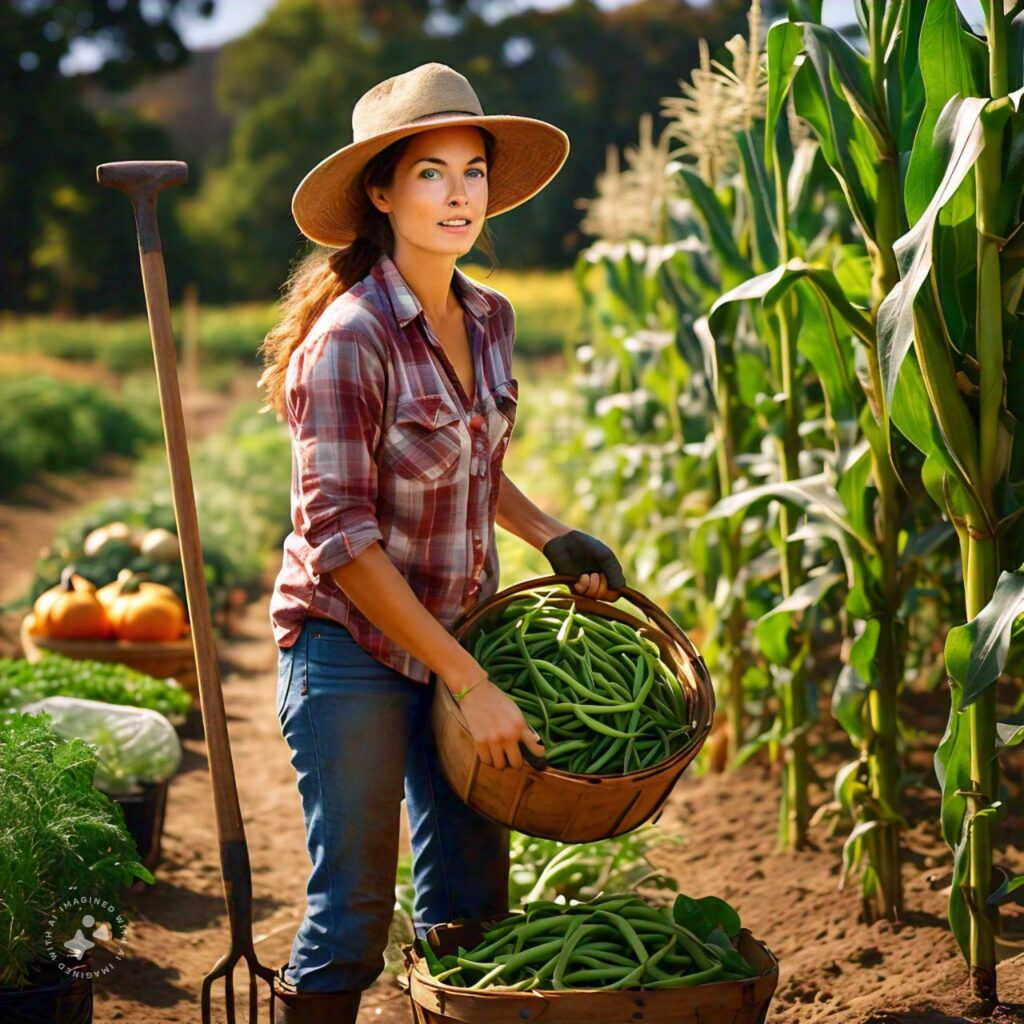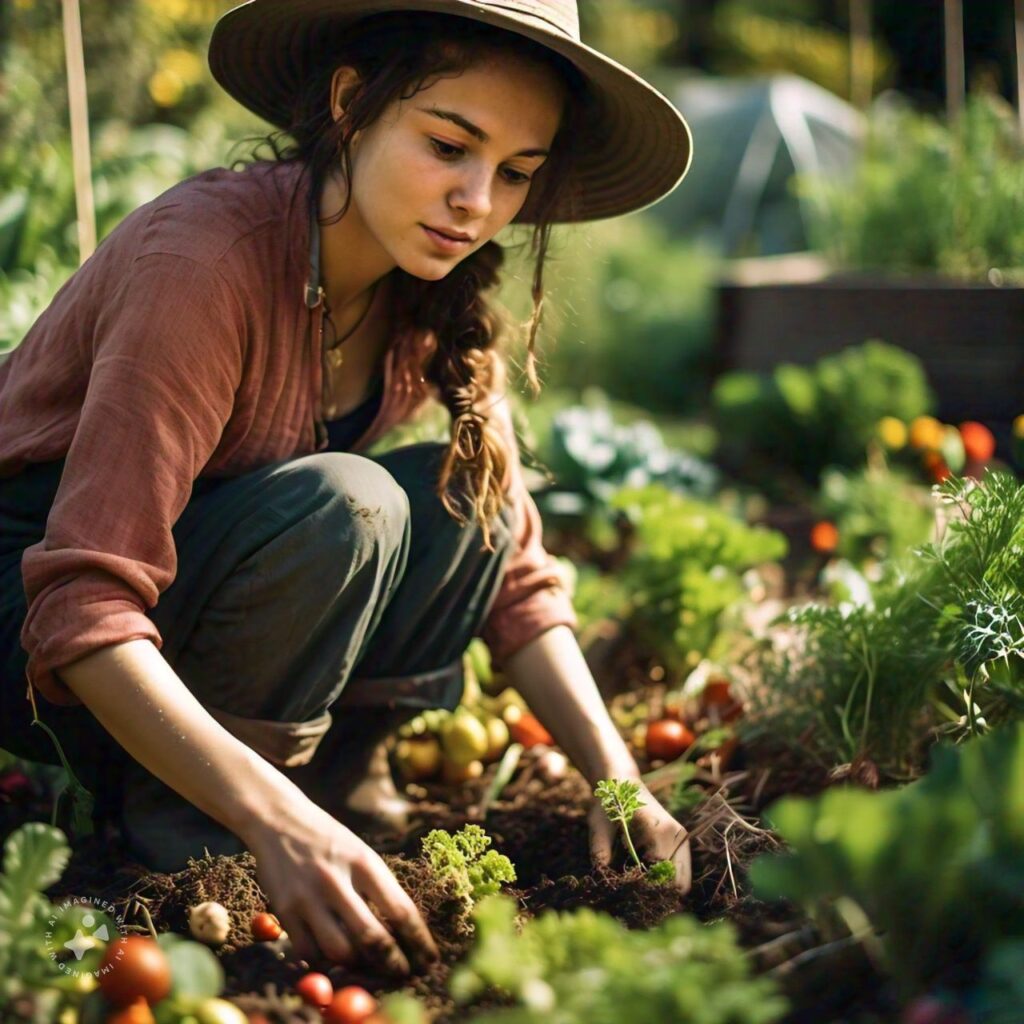Straw bale gardening is an innovative and efficient way to grow a variety of plants without the need for traditional soil. Whether you’re a seasoned gardener or a beginner looking for a sustainable gardening method, this technique offers numerous benefits. In this comprehensive guide, we will walk you through the essential steps, best practices, and expert tips for straw bale gardening.
What is Straw Bale Gardening?
Straw bale gardening is a method that involves planting vegetables, herbs, and flowers directly into a straw bale. The straw bale acts as a raised bed and decomposes over time, providing a nutrient-rich environment for plants to thrive. This technique is perfect for areas with poor soil quality, limited space, or those looking for an eco-friendly gardening solution.
Advantages of Straw Bale Gardening
There are numerous benefits to choosing straw bale gardening over traditional methods:
- Space Efficiency: If you have limited space, such as in urban settings, straw bale gardening allows you to maximize your growing area.
- No Weeding: The straw bales provide a clean environment for plants, significantly reducing the number of weeds.
- Enhanced Drainage: Straw bales offer excellent drainage, preventing waterlogging and promoting healthy plant growth.
- Accessible Gardening: Raised bales are easier to work with, especially for individuals with mobility issues.

How to Start Your Straw Bale Garden
1. Choose the Right Straw Bale
When selecting a straw bale for gardening, ensure it is made from straw, not hay. Hay bales contain seeds that can lead to unwanted weeds, while straw bales are primarily made of the stalks left after grain harvests and are seed-free. Common options include wheat, oat, or barley straw.
2. Conditioning the Bale
Conditioning is a crucial step in preparing your straw bale for planting. This process initiates the decomposition of the straw, turning it into a nutrient-rich medium. Here’s how to do it:
- Day 1-3: Water the bale thoroughly to promote internal moisture.
- Day 4-6: Add nitrogen-rich fertilizer to speed up decomposition. Organic options like blood meal or urea work well.
- Day 7-10: Continue watering, and apply more fertilizer as needed. You’ll notice the bale heating up as it begins to decompose.
Once the bale cools down, it’s ready for planting.
3. Planting in Straw Bales
Once conditioned, planting in straw bales is straightforward. You can either sow seeds directly into the bale or transplant seedlings.
Steps to plant:
- Create small pockets in the straw and fill them with a mixture of compost and potting soil.
- Insert your seeds or seedlings into the soil pockets.
- Water thoroughly and ensure consistent moisture levels during the growing season.

Best Plants for Straw Bale Gardening
Certain plants thrive in straw bale gardens, making them excellent choices for this method. Here’s a list of plants that perform exceptionally well:
- Tomatoes: These plants love the warmth and drainage provided by straw bales.
- Peppers: Both sweet and hot peppers thrive in this environment.
- Cucumbers: Their sprawling nature makes them ideal for straw bales, especially when paired with a trellis.
- Squash: The moisture retention of straw bales helps these plants flourish.
- Herbs: Basil, thyme, oregano, and parsley do well in straw bale gardens.
What Not to Plant in Straw Bales
While many plants thrive in straw bales, some are not suited for this method, including root crops like carrots, beets, and potatoes. The dense structure of the bale can hinder their development, leading to stunted growth.
Maintaining Your Straw Bale Garden
Watering
Straw bales can dry out faster than traditional soil, so regular watering is essential. Install a drip irrigation system to ensure consistent moisture, or water manually as needed. Bales should be watered daily during hot, dry weather.
Fertilization
Straw bales offer fewer nutrients compared to traditional soil, so regular fertilization is necessary. Use an organic, balanced fertilizer throughout the growing season. Compost tea or fish emulsion can be applied every 2-3 weeks to maintain optimal nutrient levels.
Pest Control
Straw bale gardens are relatively pest-resistant due to their elevated nature. However, you may still encounter pests such as slugs, snails, or aphids. Organic pest control methods, like diatomaceous earth or neem oil, are effective at keeping these intruders at bay.
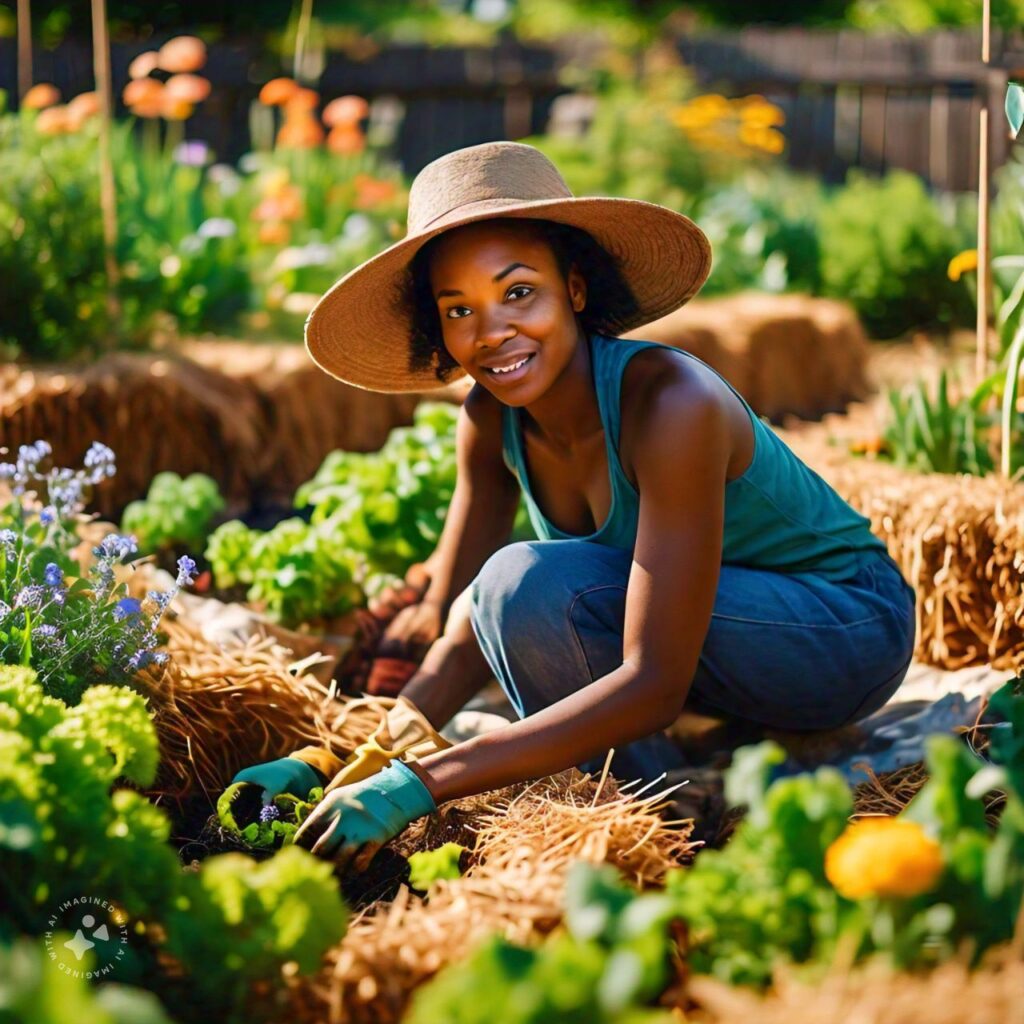
Common Challenges in Straw Bale Gardening
Like any gardening method, straw bale gardening has its challenges. Below are some common issues you may face and how to resolve them:
- Bale Decomposition Too Fast: If your bale breaks down too quickly, it’s likely due to excessive nitrogen or poor-quality straw. Adjust fertilizer levels and ensure you’re using high-quality straw.
- Plants Wilting: Straw bales can dry out quickly, especially in hot climates. Make sure you’re watering regularly and deeply to prevent wilting.
- Mold Growth: A humid environment can encourage mold growth on your bales. Ensure proper air circulation and avoid over-watering to reduce mold formation.
End of the Season: What to Do with Used Straw Bales
Once your growing season ends, your straw bales will be partially decomposed. Instead of discarding them, here are some sustainable options:
- Composting: Add the decomposed straw to your compost pile for rich organic matter.
- Mulch: Use leftover straw as mulch to retain moisture and suppress weeds in future gardens.
- Soil Amendment: Work the straw into garden beds to improve soil structure and fertility for the next planting season.
Straw Bale Gardening Tips for Success
- Use a Trellis for Vining Plants: Plants like cucumbers and squash benefit from vertical support.
- Monitor Soil pH: Straw bale gardens can become too acidic over time. Test the pH and adjust with lime if necessary.
- Stagger Planting Times: To extend your harvest, stagger the planting of fast-growing crops like lettuce or herbs.
Ending Point
Straw bale gardening offers a practical and sustainable approach for gardeners of all levels. By following the right steps, choosing the best plants, and maintaining your bales, you can enjoy a bountiful harvest without the need for traditional soil. Whether you’re gardening in an urban environment or looking to experiment with new techniques, straw bale gardening is a rewarding and eco-friendly method.
